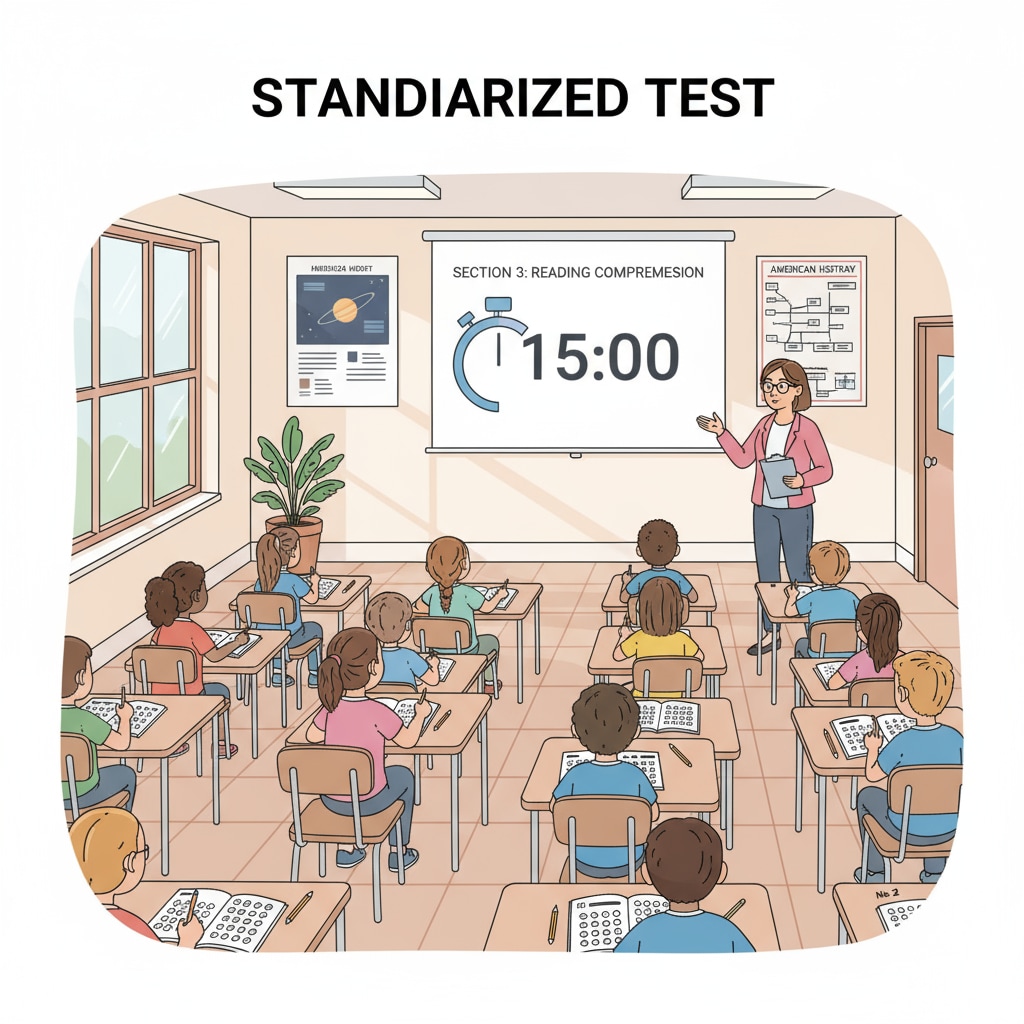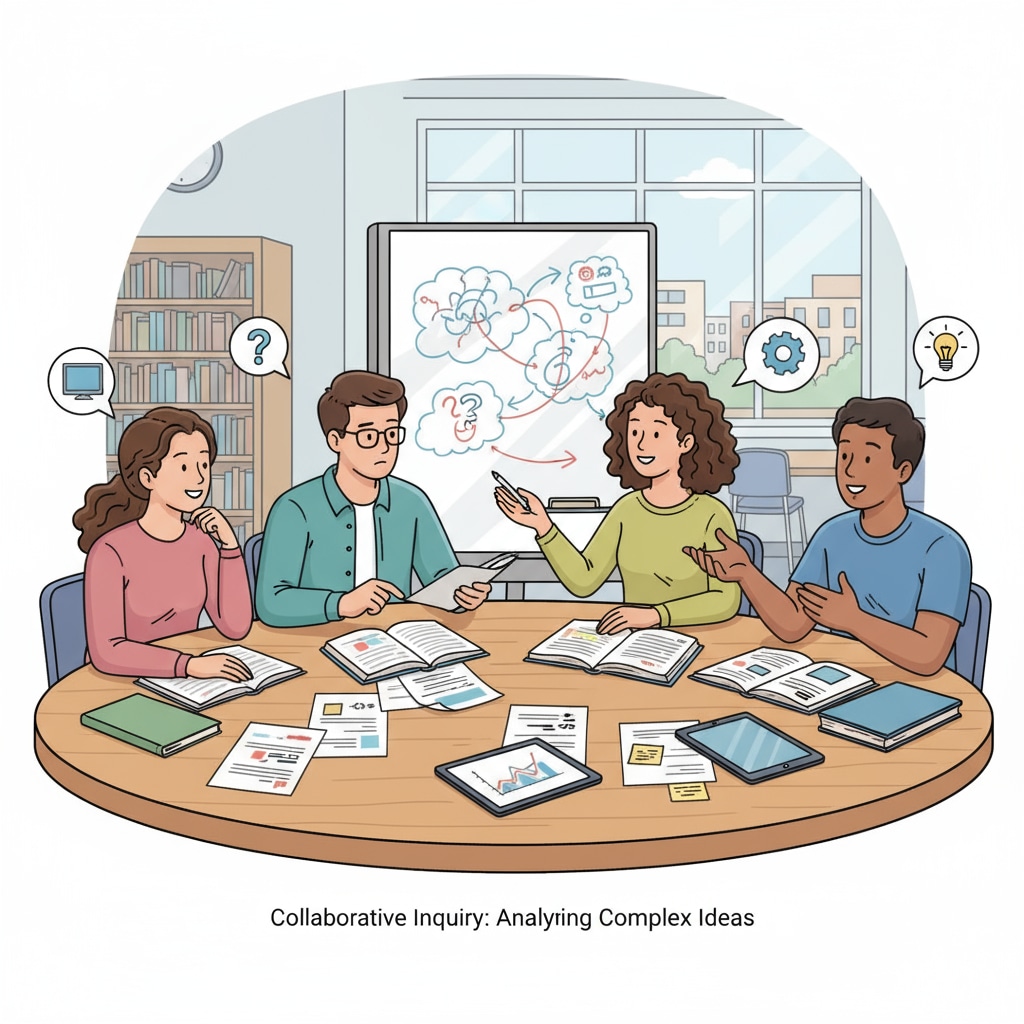Standardized tests, memory, critical thinking, and the assessment system have long been topics of debate in the field of education. As the current dominant approach in educational assessment, standardized tests have been increasingly questioned for their ability to accurately measure real learning. These tests often seem to prioritize memory recall over the development of critical thinking skills.

The Limitations of Standardized Tests
Standardized tests typically involve multiple-choice or fill-in-the-blank questions. This format encourages students to memorize facts and figures rather than engage in deep, critical thinking. For example, a history test might ask students to recall specific dates or names, which only measures their short-term memory. As a result, students may focus on rote memorization instead of understanding historical events’ broader context and significance. According to Wikipedia’s entry on standardized tests, this overemphasis on memory can lead to a narrow view of learning and fail to capture students’ true intellectual growth.
The Need for Assessing Critical Thinking
Critical thinking is a crucial aspect of real learning. It involves analyzing, evaluating, and synthesizing information, rather than simply regurgitating memorized facts. In today’s complex world, students need critical thinking skills to solve problems, make informed decisions, and adapt to new situations. However, standardized tests rarely measure these higher-order thinking abilities. A more comprehensive assessment system should be designed to evaluate students’ critical thinking skills, such as their ability to form arguments and analyze different perspectives. As stated in Britannica’s article on education, fostering critical thinking is essential for students’ long-term success.

Alternative assessment methods, such as project-based learning and portfolio assessments, can provide a more accurate picture of students’ real learning. Project-based learning allows students to apply their knowledge and skills to real-world problems, demonstrating their critical thinking and problem-solving abilities. Portfolio assessments, on the other hand, showcase students’ work over time, highlighting their progress and growth. These methods focus on the process of learning rather than just the end result, as is often the case with standardized tests.
Readability guidance: In this article, we’ve used short paragraphs to present ideas clearly. Each H2 section has a list of key points. We’ve also controlled the proportion of passive voice and long sentences, and added transition words like ‘however’, ‘therefore’, ‘for example’ to make the text flow smoothly.


